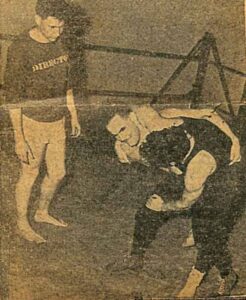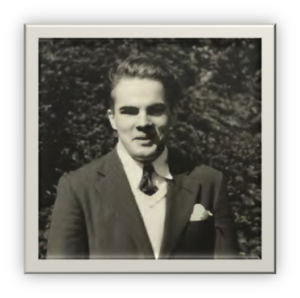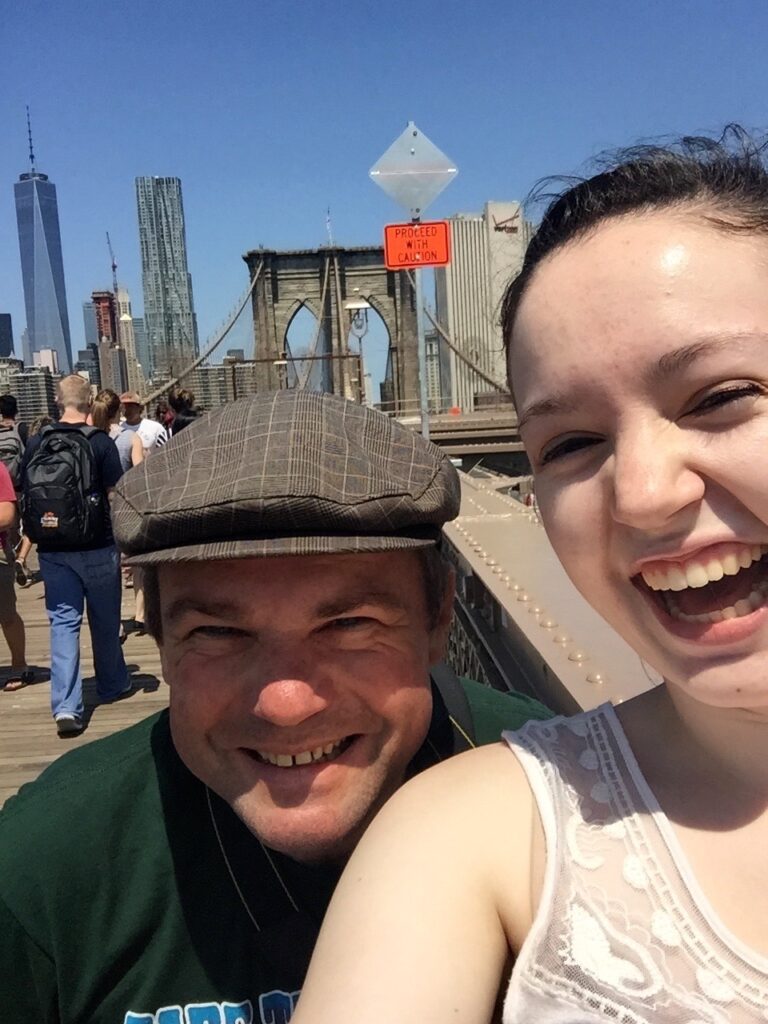Word has it my paternal grandparents met on Times Square on New Year’s Eve, 1922. They met, more precisely, at the Hotel Astor. John Jensen, a Danish immigrant, was likely working as a milkman. Jennie MacNeil, a Scotch-Canadian immigrant, may have been working in the hotel, perhaps in housekeeping.
Jensen was a real bastard, that is to say, born out of wedlock to two house servants. He’d been christened Rasmus Marius Jensen. His mother, Jensine Rasmussen, was unable to raise him but kept in touch with him throughout her life. The father, Niels Johan Jensen, had fled the scene when Rasmus was an infant and immigrated to New York. It’s said that the boy operated a farm on his own by age 12, and a dozen years later, during World War I, moved to America, changed his name, and met up with his dad in New York. He worked as a gardener, an estate caretaker, a streetcar driver, and a milkman.
Jane “Jennie” MacNeil had been born and raised on Cape Breton Island, Nova Scotia. The village where she was born had retained much of its Hebridean culture, right down to speaking and singing in Gaelic and practicing strict Roman Catholicism. The village has since been transformed into Nova Scotia Highland Village, a major cultural center. Jennie left Canada for New York in her late teens. She was something of a rebel, excommunicated by the Church at some point for fraternizing with Protestants. The Church eventually reinstated her.
John and Jennie married, bought a dairy farm upstate—near Oneonta, and had two children, a girl they named Helen and a boy they named John. Tragically, they lost the farm to a fire. After the fire, they returned to New York City and moved into a tenement in Greenwich Village, where more hardship would follow.
 blind kids and drive them around to tournaments.
blind kids and drive them around to tournaments.
